Growth in Consumer Electronics
The Defoaming Coating Additives Market is also benefiting from the expansion of the consumer electronics sector. As electronic devices become more sophisticated, the coatings used in these products require advanced properties, including resistance to foaming. The consumer electronics market is anticipated to grow at a rate of approximately 6% per year, driven by innovations in technology and design. This growth creates a demand for high-performance coatings that utilize defoaming additives to ensure a smooth finish and enhance product durability. Consequently, manufacturers are increasingly integrating defoaming agents into their coating formulations to meet the rising expectations of consumers for quality and performance.
Expansion of Automotive Industry
The automotive sector significantly influences the Defoaming Coating Additives Market, as manufacturers seek to enhance the quality of vehicle coatings. With the automotive industry projected to grow steadily, the demand for high-quality finishes that resist foaming during application is paramount. Defoaming additives play a critical role in ensuring that coatings adhere properly and provide a flawless appearance. The automotive coatings market is expected to witness a growth rate of around 4% annually, indicating a robust opportunity for defoaming additives. As vehicle manufacturers increasingly prioritize aesthetics and performance, the incorporation of defoaming agents in coatings becomes essential to meet these evolving standards.
Innovations in Coating Technologies
The Defoaming Coating Additives Market is witnessing a wave of innovations in coating technologies, which is driving the demand for advanced defoaming solutions. As manufacturers explore new formulations and application techniques, the need for effective defoaming agents becomes more pronounced. Innovations such as nanotechnology and smart coatings are emerging, which require specialized defoaming additives to maintain performance and aesthetic qualities. The market for innovative coatings is expected to grow at a rate of around 5% annually, indicating a robust opportunity for defoaming additives. This trend suggests that as technology evolves, the role of defoaming agents will become increasingly critical in achieving optimal coating performance.
Rising Demand in Construction Sector
The Defoaming Coating Additives Market experiences a notable surge in demand driven by the construction sector. As urbanization accelerates, the need for high-performance coatings in residential and commercial buildings increases. Coatings that incorporate defoaming additives are essential for ensuring smooth application and optimal finish, which is crucial in construction projects. The construction industry is projected to grow at a compound annual growth rate of approximately 5.5% over the next few years, further propelling the demand for defoaming additives. This growth is likely to be fueled by the increasing focus on durability and aesthetic appeal in building materials, making defoaming coating additives indispensable in achieving desired results.
Regulatory Compliance and Quality Standards
The Defoaming Coating Additives Market is significantly influenced by stringent regulatory compliance and quality standards across various sectors. Industries such as automotive, construction, and consumer electronics are subject to regulations that mandate the use of high-quality materials, including coatings. These regulations often require the incorporation of defoaming additives to ensure that coatings meet performance and safety standards. As companies strive to comply with these regulations, the demand for defoaming additives is likely to increase. This trend not only enhances product quality but also ensures that manufacturers remain competitive in a market that increasingly values compliance and sustainability.
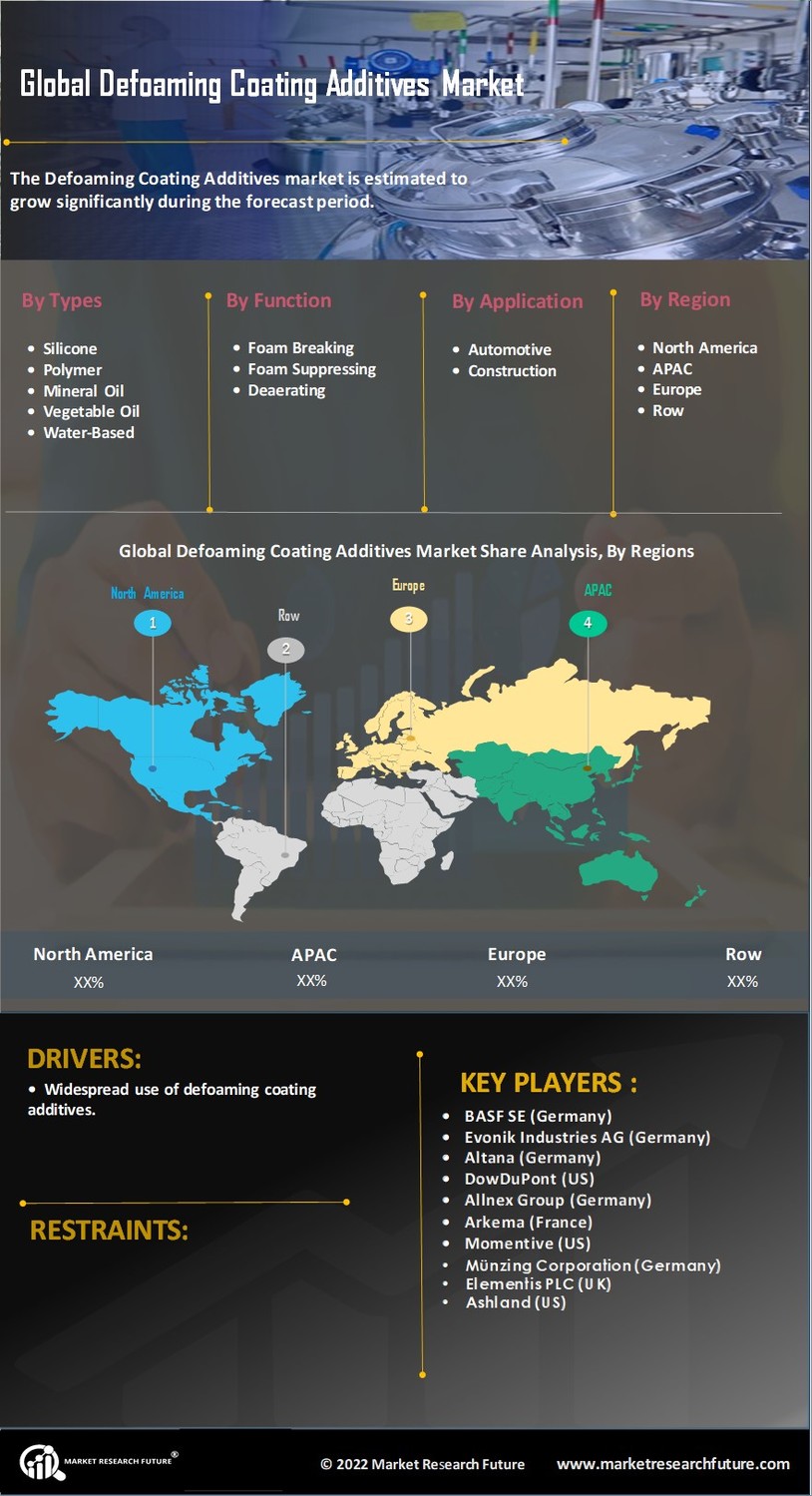

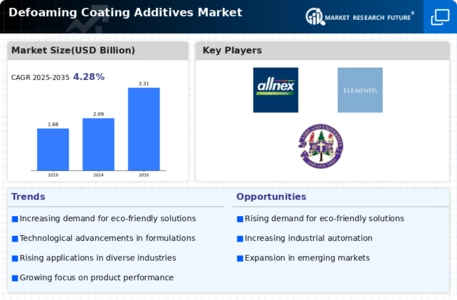
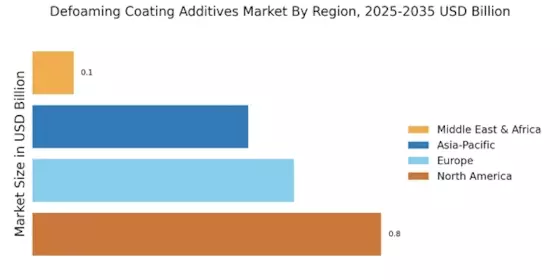

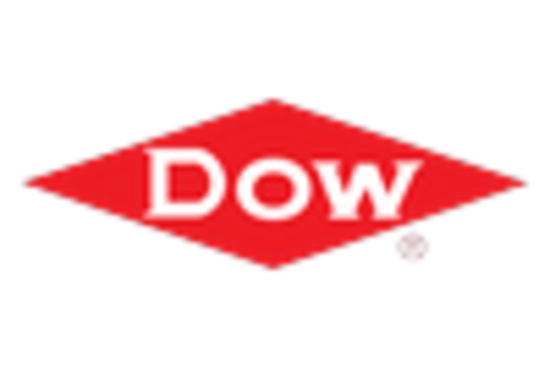
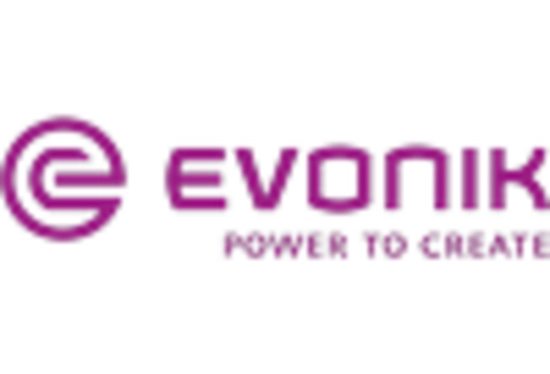
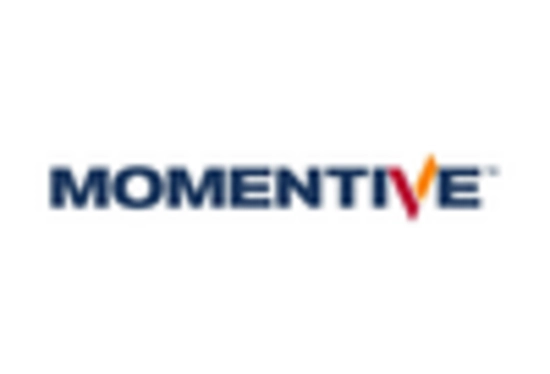
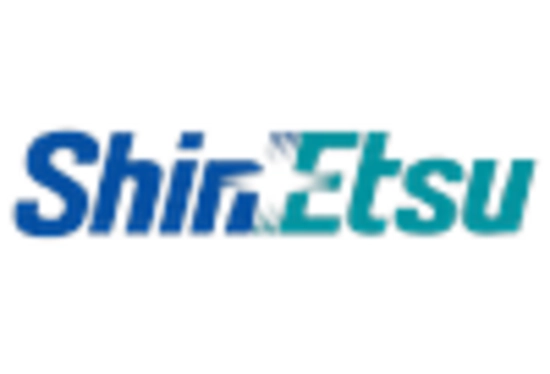









Leave a Comment